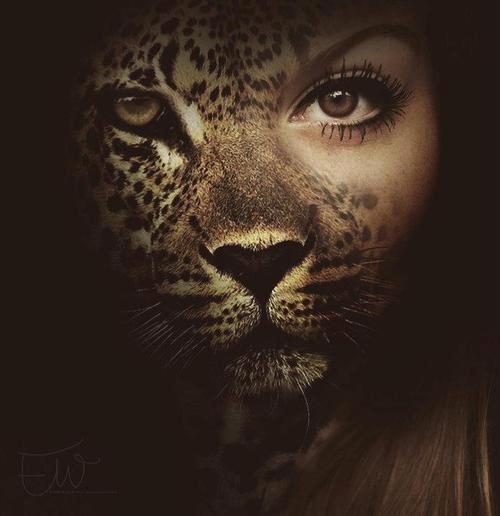Anthropomorphism is the human form or other characteristics to anything other than a human being. Examples include human forms changing to fictional non-human animal characters with physical human traits. Anthropomorphism has ancient roots as a literary device in storytelling, and also in art. Most cultures have traditional fables with anthropomorphised animals, who can stand or talk as if human, as characters. The word anthropomorphism was first used in the mid-1700s.
In religion and mythology, anthropomorphism refers to the perception of beings in human form, or the human qualities in these beings. Ancient mythologies frequently represented the human forms and qualities. They resemble human beings not only in appearance and personality; they exhibited many human behaviours that were used to explain natural phenomena, creation, and historical events. The creatures fell in love, married, had children, fought battles, wielded weapons, and rode horses and chariots. They feasted on special foods, and sometimes required sacrifices of food, beverage, and sacred objects to be made by human beings. Some anthropomorphic, represented specific human concepts, such as love, war, fertility, beauty, or the seasons. Anthropomorphic exhibited human qualities such as beauty, wisdom, and power, and sometimes human weaknesses such as greed, hatred, jealousy, and uncontrollable anger. Greek deities such as Zeus and Apollo often were depicted in human form exhibiting both commendable and despicable human traits.
Pinterest. 2015. Pinterest. [ONLINE] Available at: http://www.pinterest.com/search/pins/?q=greek%20mythology&term_meta%5B%5D=greek%7Ctyped&term_meta%5B%5D=mythology%7Ctyped. [Accessed 07 January 2015].


